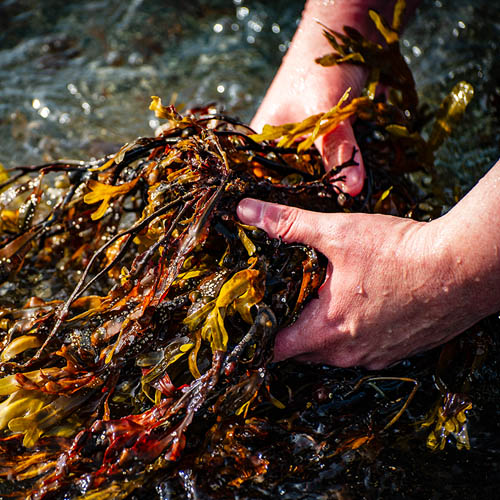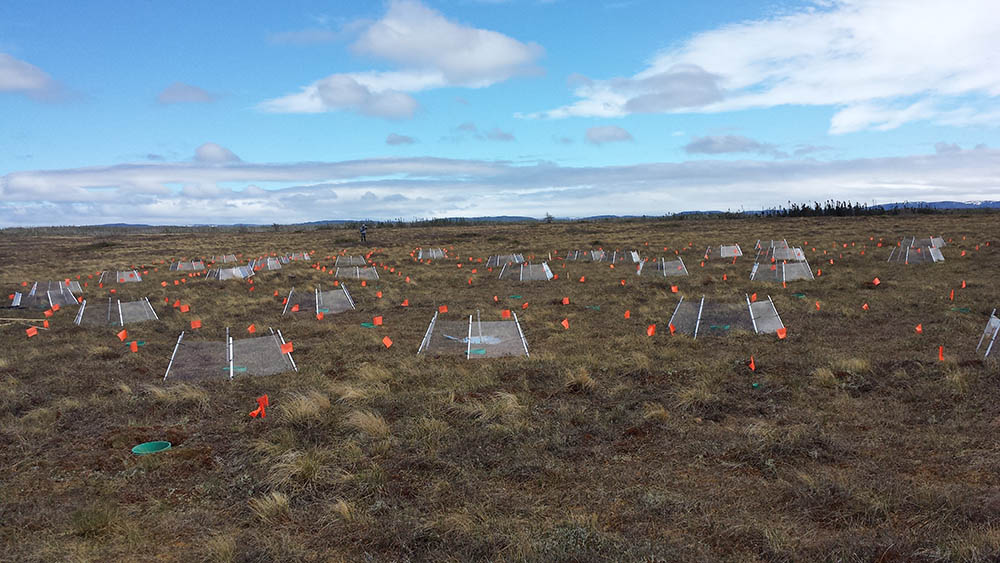Research Report: 2022
▼ Choose a report:

Powered by Research & Graduate Studies

Powered by Arts and Social Science

Powered by Science and the Environment


Dr. Jianghua Wu
Dr. Jianghua Wu of Grenfell's School of Science and the Environment will provide his expertise in a national project that aims to find climate solutions that are based in the natural world.
Titled "Can-Peat: Peatlands as nature-based climate solutions," the project brings together researchers, NGOs, industry, government and Indigenous communities from across Canada to tackle climate change, focusing on peatlands as a natural actor in a net-zero economy.
Dr. Wu, who was recently awarded $183,000 for his work on "carbon cycling and greenhouse gas emissions in boreal peatlands under climate change," is the sole representative of Memorial University for the project, which is led by Dr. Maria Strack at the University of Waterloo.
According to the project website, over the next five years Can-Peat will quantify the potential of peatland management in Canada to contribute to climate change mitigation. The research supports Canada's commitment to reach net-zero emissions economy by 2050. Specific research objectives include:
For his part, Dr. Wu will focus on developing a model that will help researchers understand the negative effects that damaged or disturbed peatlands can have on the environment in various settings over time.

Caption: Sites like this one are being used for Dr. Wu's site scale simulations of undeveloped, disturbed and restored/reclaimed peatlands.
When healthy, peatlands are a natural absorber of atmospheric carbon, which happens as peat forms. When peatlands are disturbed, they release carbon as the peat erodes.
"How northern peatlands will function in terms of carbon sink, greenhouse gas emissions and mitigating climate change in the future through climate warming and human disturbances is unclear," said Dr. Wu. "To answer this question requires a peatland ecosystem model that can work well with peatland disturbances and restoration in the context of climate change, which may alter vegetation composition and hydrology in peatlands."
Further, although natural peatlands function as relatively small source of nitrous oxide - a far more potent greenhouse gas with 298 times higher global warming potential than carbon dioxide - peatlands may become a "hotspot" of nitrous oxide emissions under the increasing nitrogen build up in disturbed and restored peatlands.
Dr. Wu's work will further develop and evaluate existing ecosystem-scale models in order to simulate the hydrology and carbon dioxide, methane and nitrous oxide cycling for peatland disturbances and restoration under climate change. The newly developed model will be evaluated, and ultimately will enable Dr. Wu to run site scale simulations of undeveloped, disturbed and restored/reclaimed peatlands and their response to climate change using difference scenarios of climate change over the next 100 years.
"Can-Peat: Canada's peatlands as nature-based climate solutions" is funded through the Government of Canada's Environmental Damages Fund.